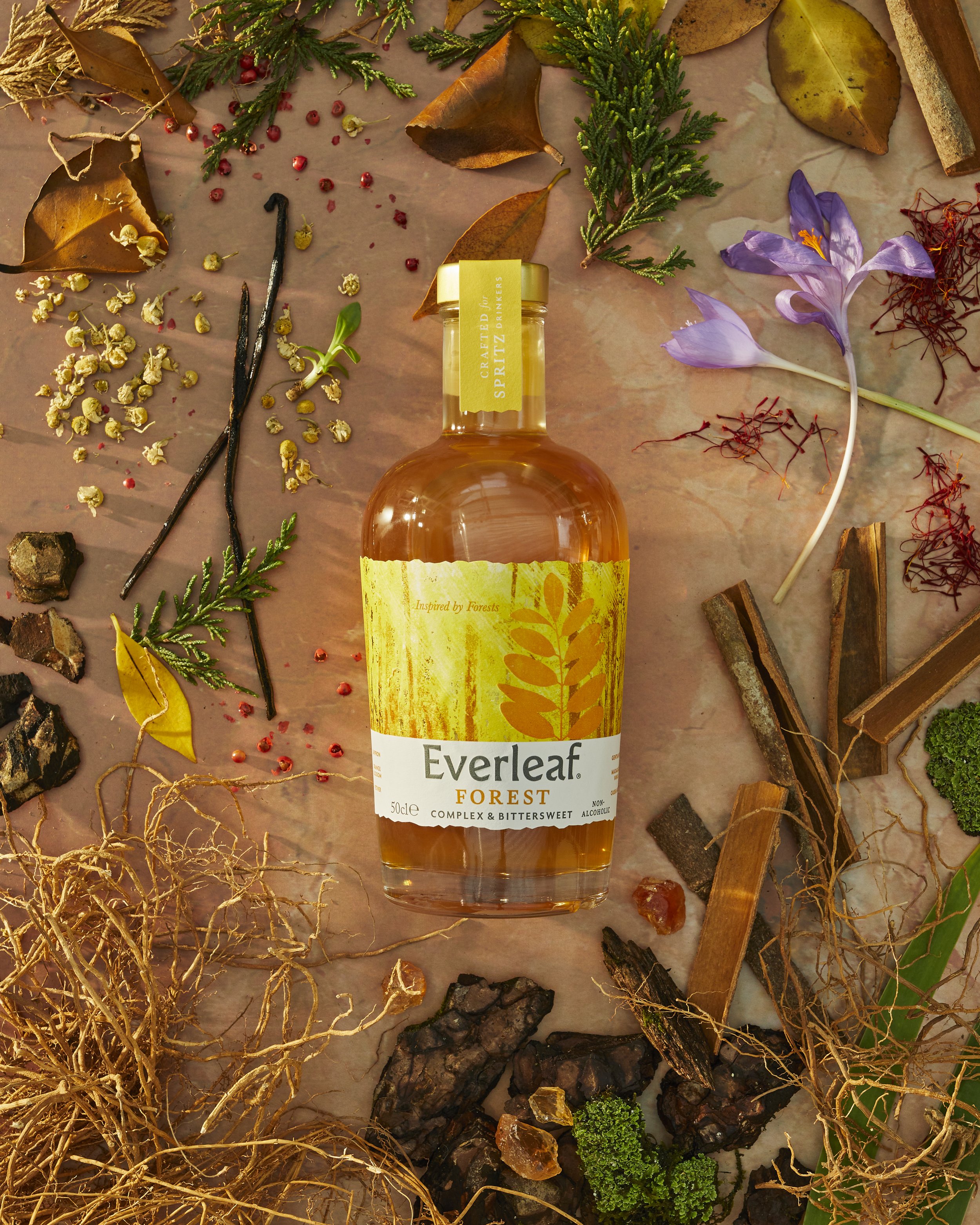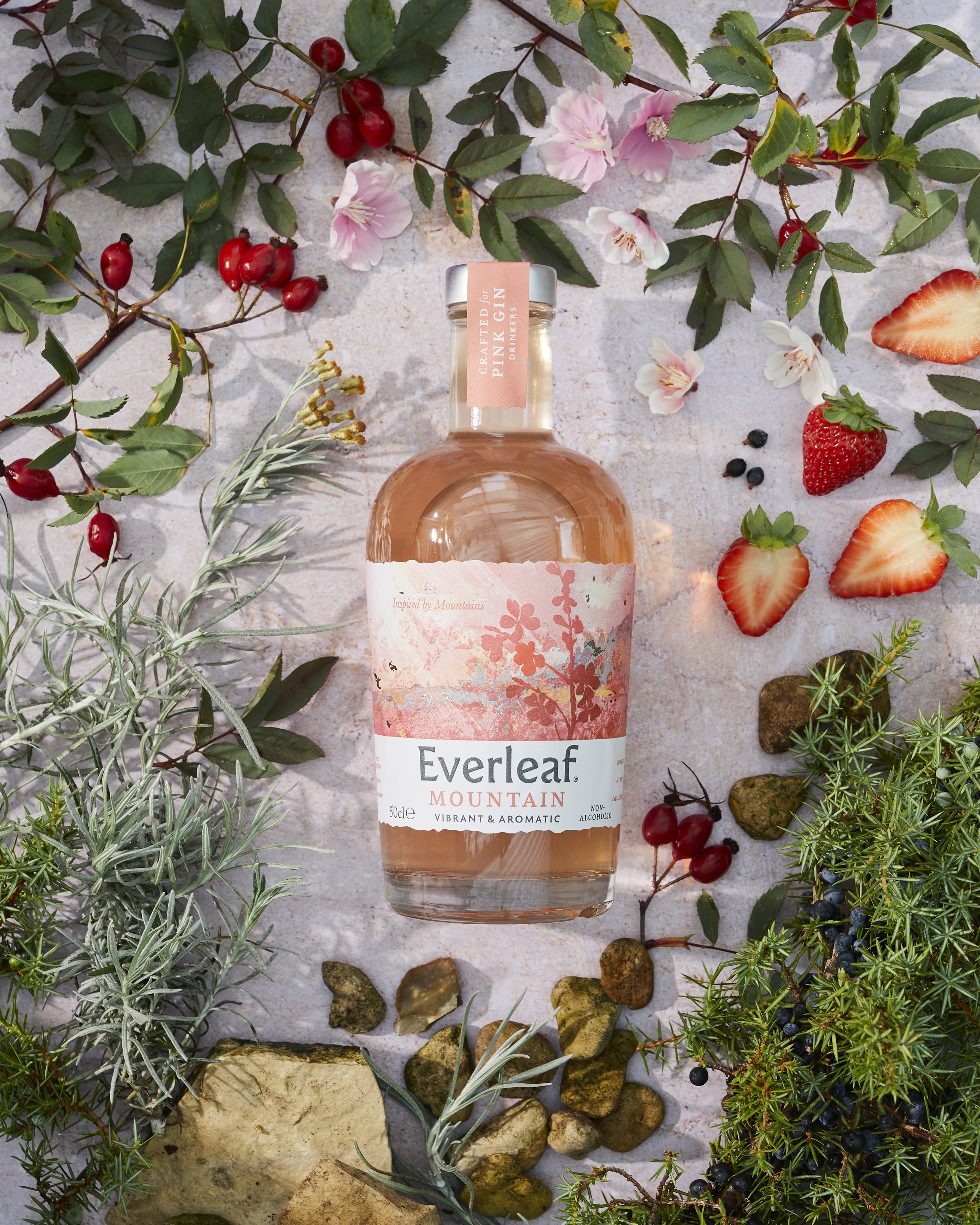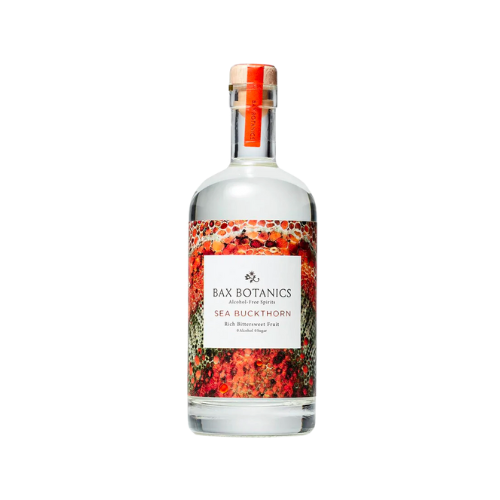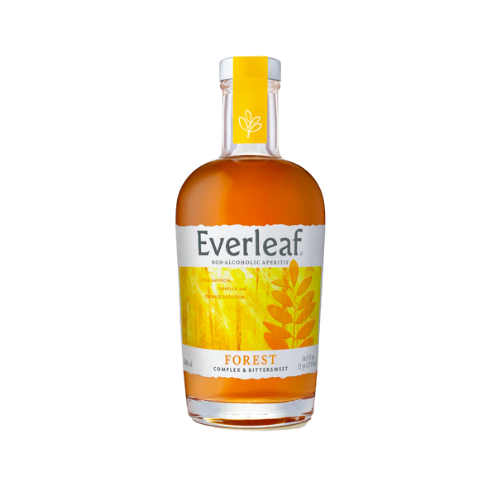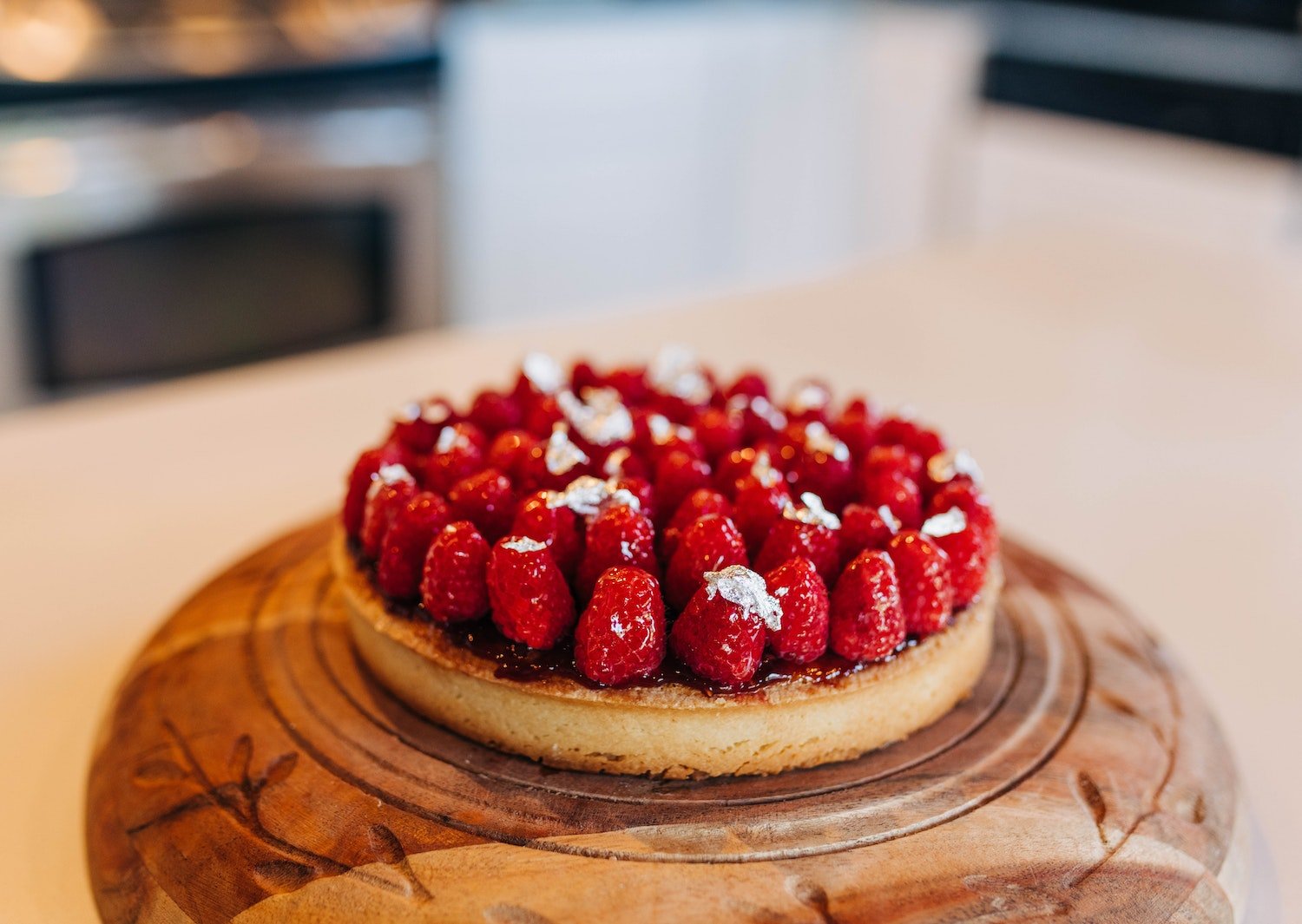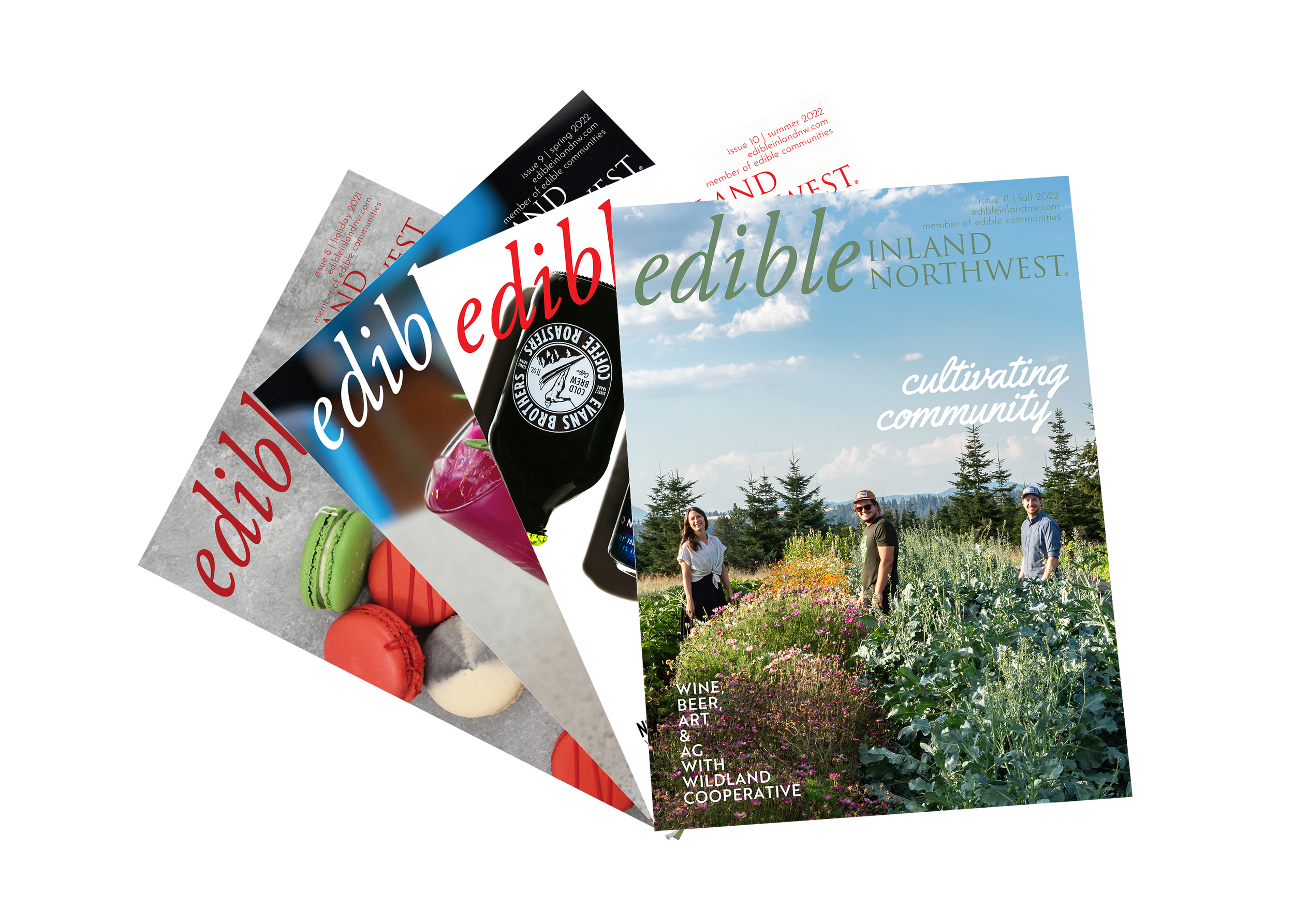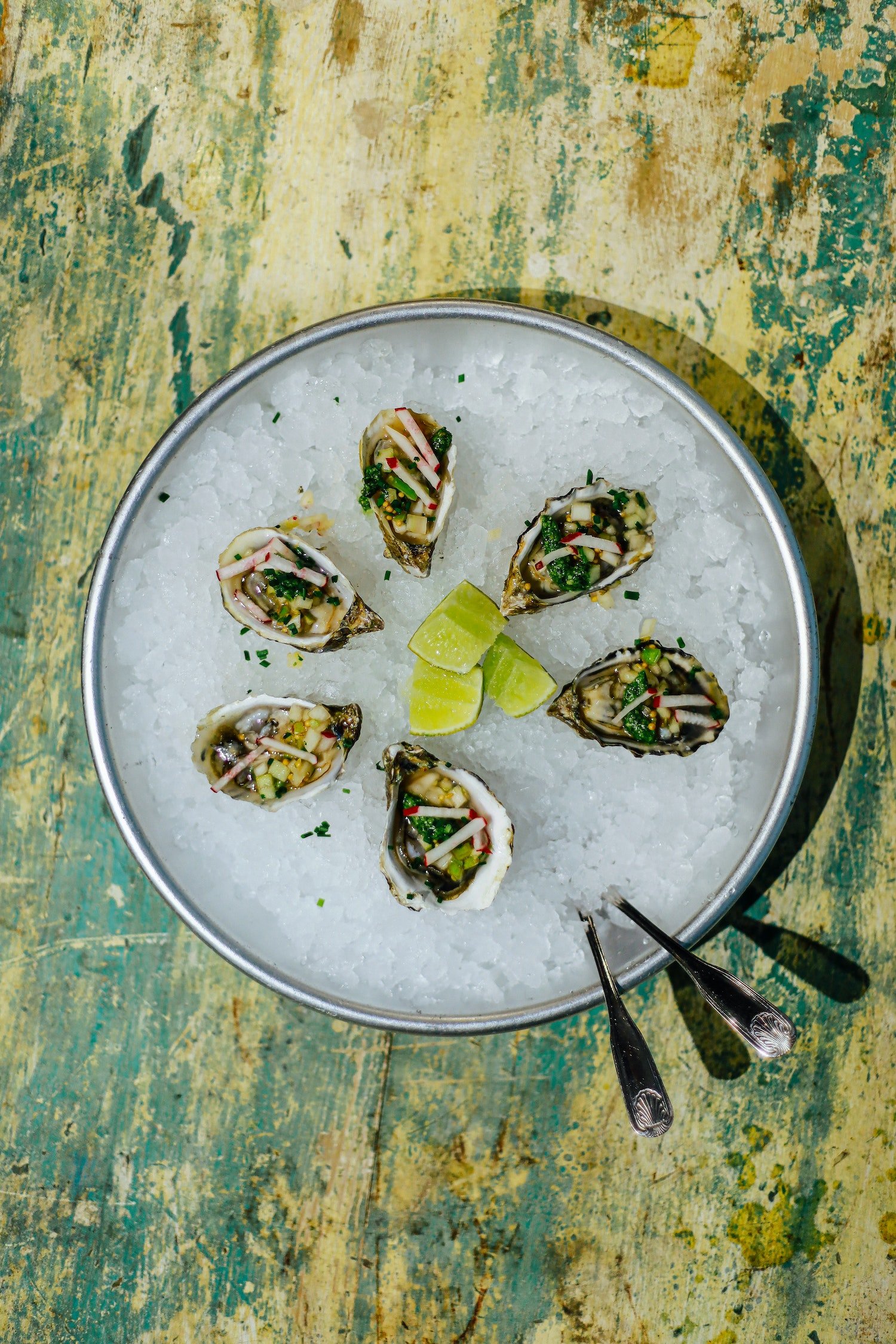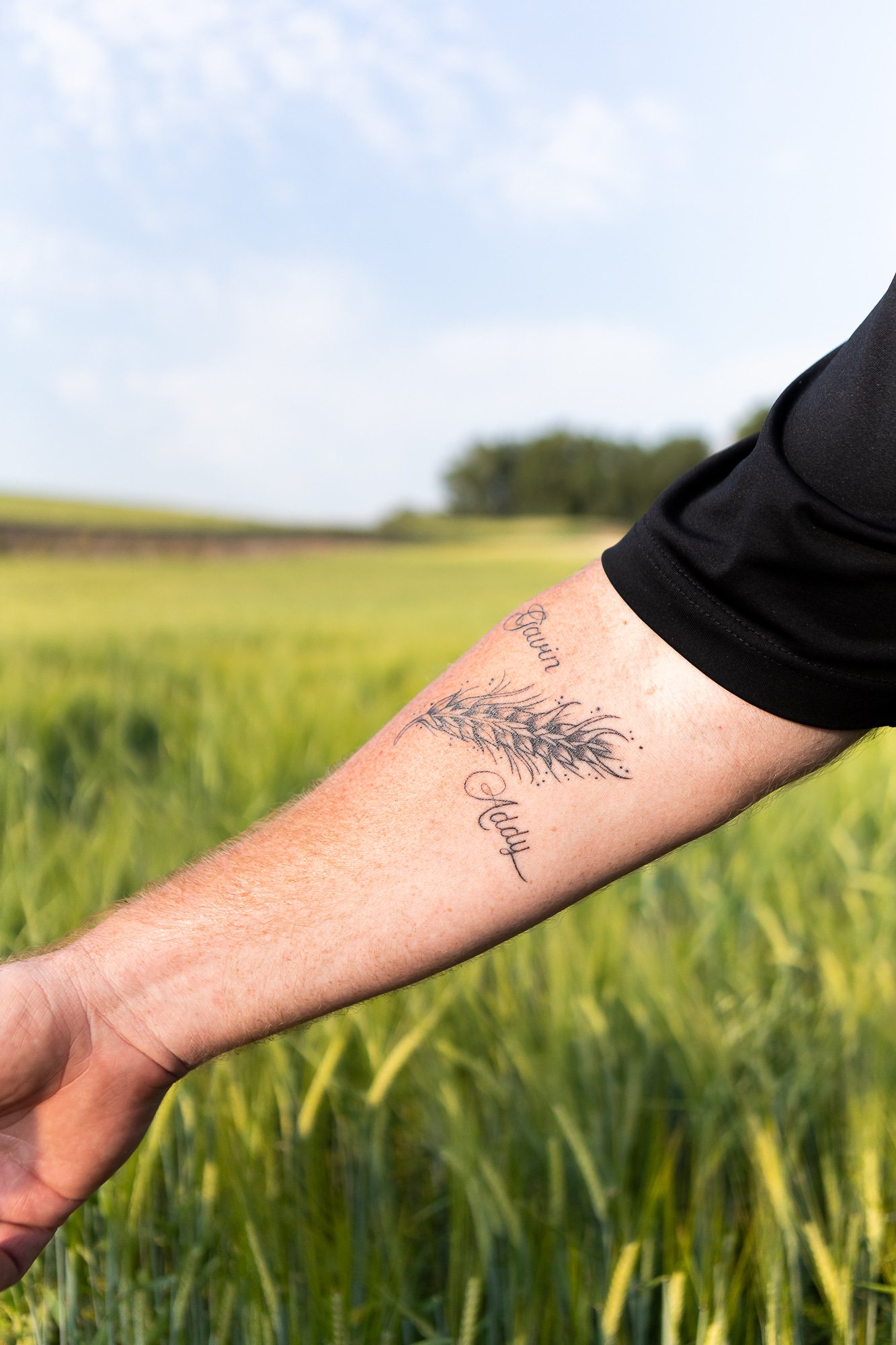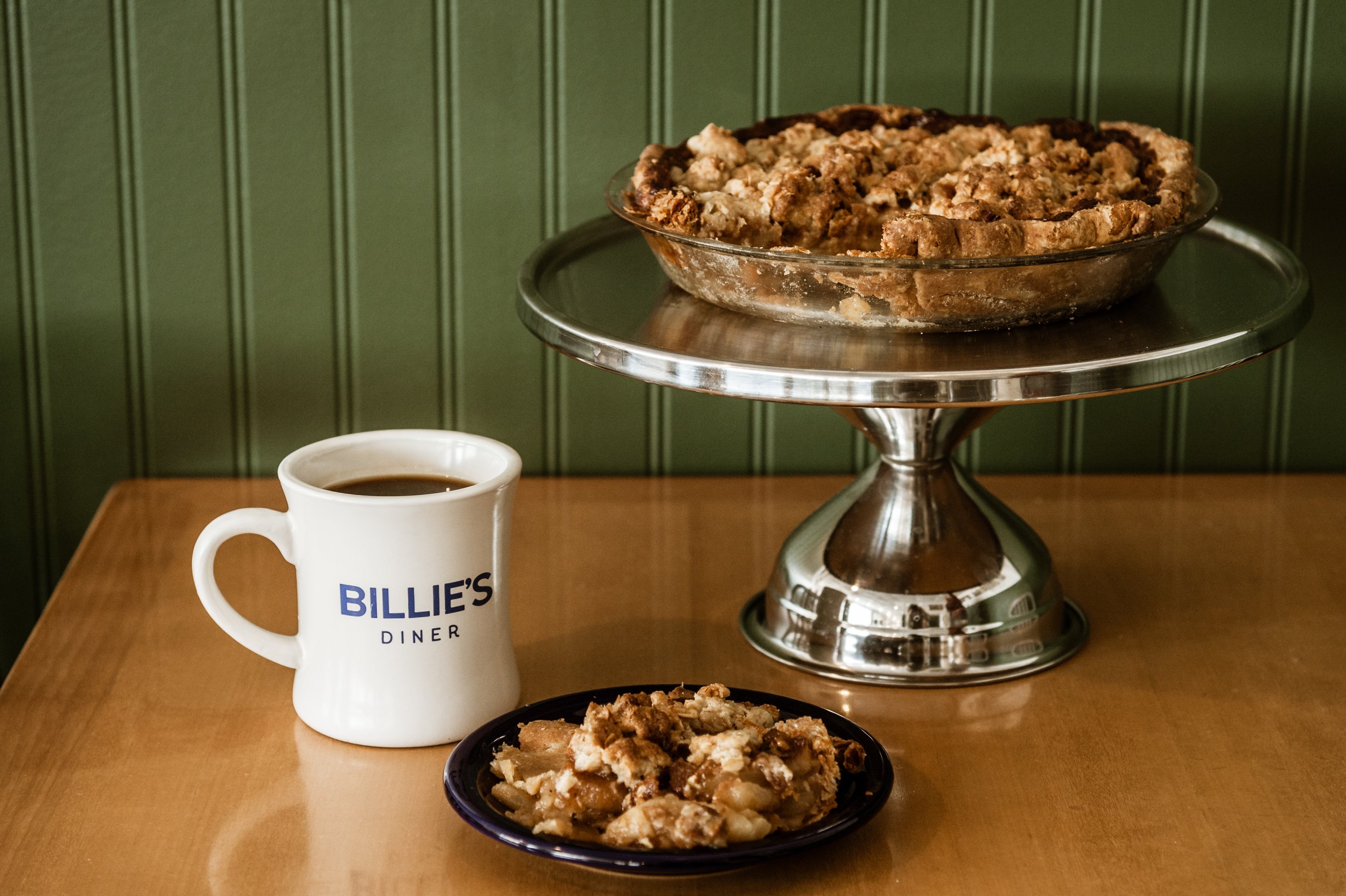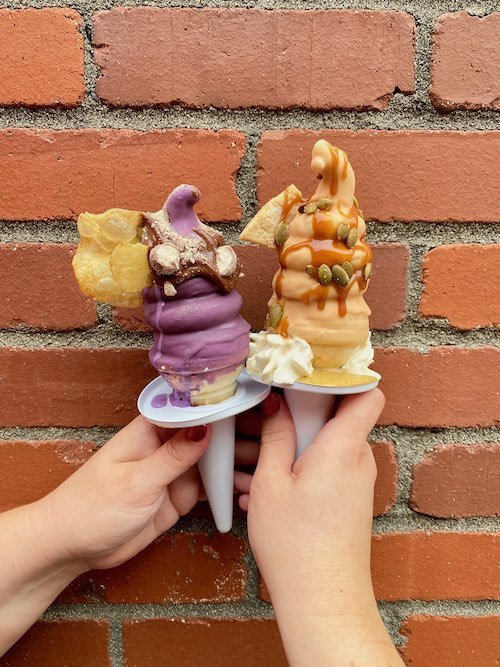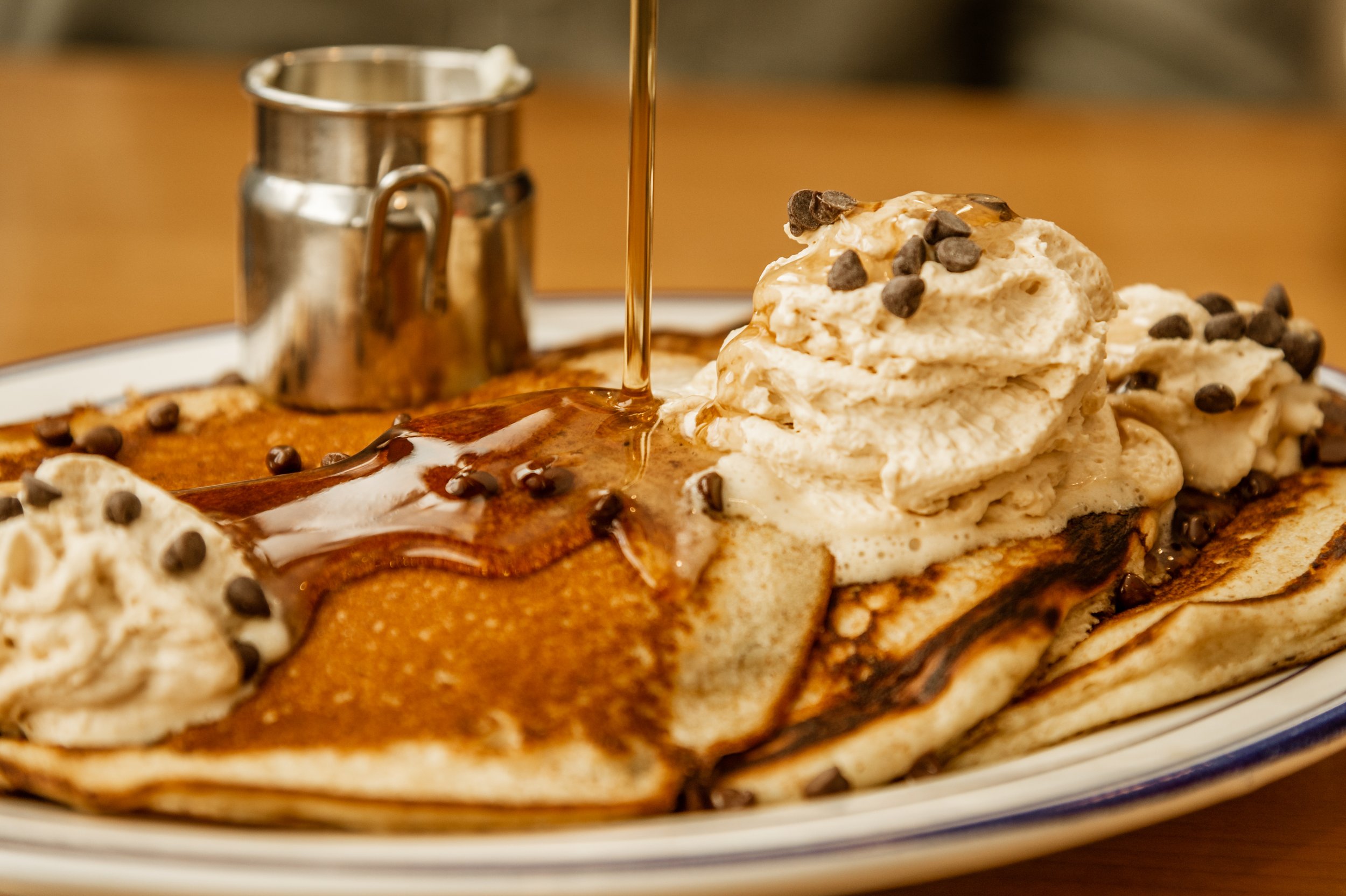The Non-Alcoholic Guide
Spirits
A few things to note as you jump into non-alcoholic spirits. First off, most of these spirits are not created to be consumed neat. I have every faith that this category will eventually arrive there, but that isn’t the goal with most of these beverages. All of these spirits and aperitifs have suggestions for very simple mixing, usually with one other ingredient—these are a great introduction to the spirit. Some of them are billed as being able to substitute for their alcoholic counterparts in cocktail recipes, but not all. We found that most, if not all, had a lot of promise as classic mixology building blocks, but they might require a little more creativity to see what you like before plugging them into a favorite recipe. Another thing to keep in mind before you open or purchase a bottle is that while many, I’d say the majority, of the below spirits can be stored at room temperature, away from excessive light, some of them need to go in the fridge after opening, so plan accordingly. In most cases, this is to preserve delicate flavors, but alcohol also serves as a preservative, so spirits without it won’t last indefinitely the way their counterparts will, making shelf lives lower across the board. As with the red wine, some of these products are polarizing. I encourage you to look for clues in our reviews as far as what you might like, and don’t be afraid to reach out to the producer or a trusted retailer for guidance before making a purchase (you can also email me at cara@inlandempiremedia.com, and I’ll help if I can). If you do find that you’ve purchased something you don’t fancy in the simplest forms, play around with cocktails. In every case, as I was sampling, I was able to find a way to drink each product that I liked, even if it won’t go in my permanent rotation.
Aperitifs
Liqueurs

Clear or Agave Spirits
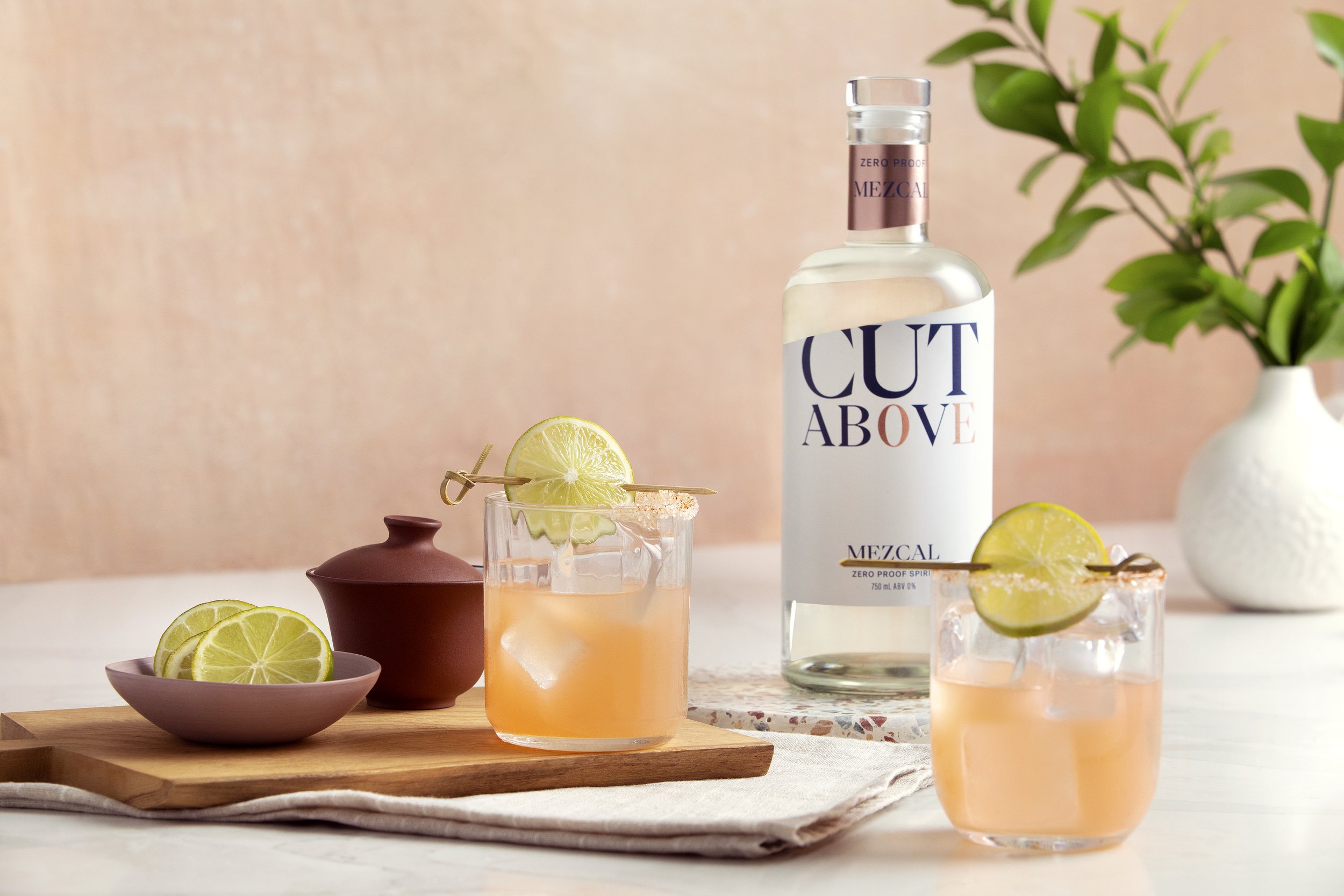
Dark Spirits










